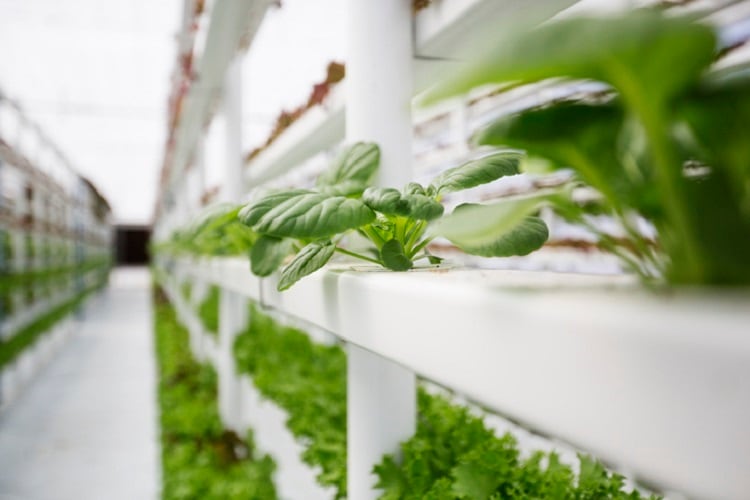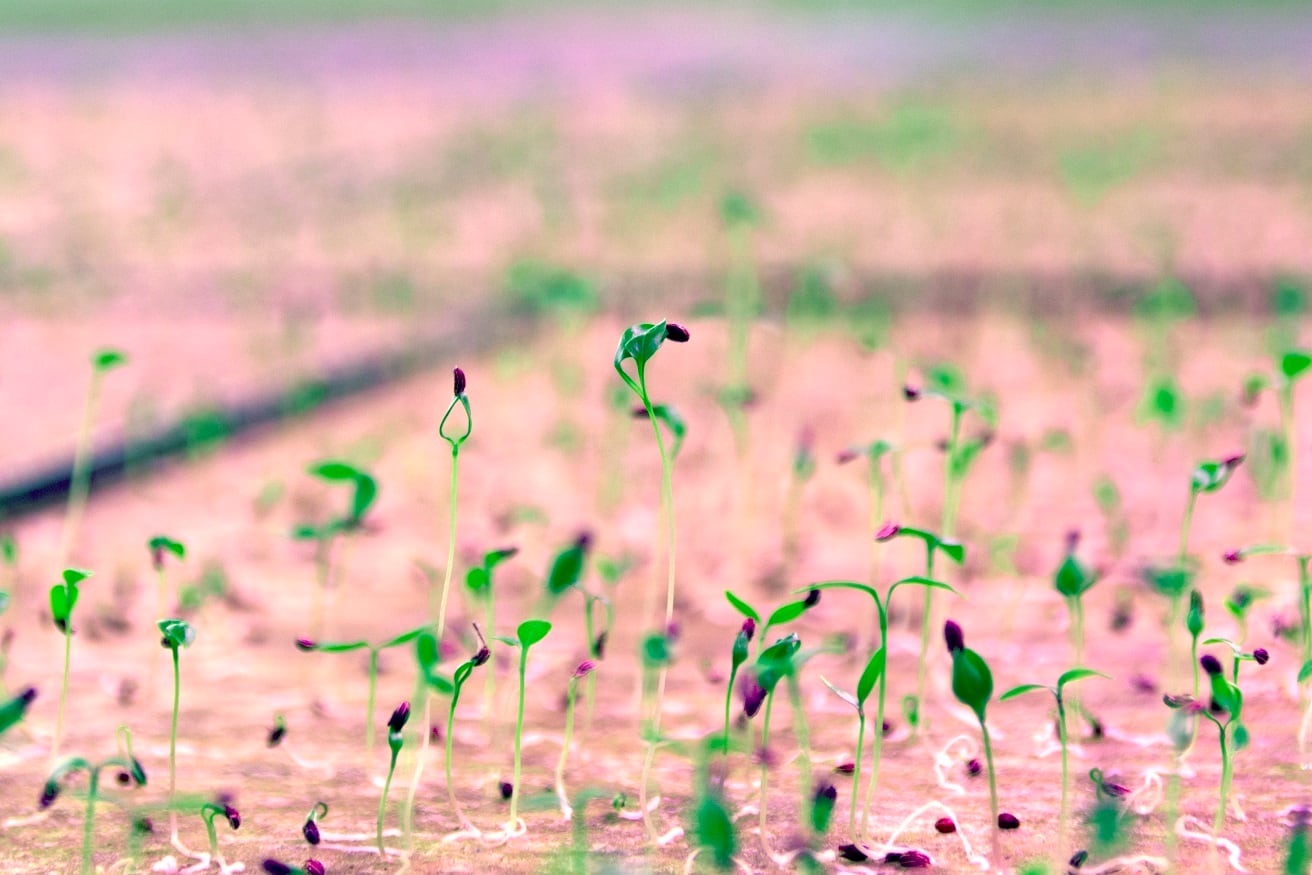Vertical farms - indoor farms that grow produce in stacked layers or rows – offer the potential to increase yield per unit of land in controlled environments that provide optimal growing conditions for a given crop.
According to a new investor note from Barclays Capital, vertical farms could help provide solutions to some of the greatest long-term challenges facing the food system.
Agricultural production accounts for almost one-quarter of global greenhouse gases (with 14% linked to animal agriculture), according to data from the UN’s Food and Agriculture Organization. Agriculture uses nearly two-thirds of fresh water and, in many countries, agricultural runoff is a big contributor to water pollution.
The current system of fresh produce production and distribution is also extremely wasteful. Currently, 40-50% of fruit and vegetables end up as food waste between harvest and distribution.
Added to this, in many regions across the globe, farmers are grappling with shifting weather patterns and extreme weather events as droughts and floods become more commonplace.
The food system is straining under these pressures. And there are more challenges on the horizon. It will have to produce more food using fewer resources if it is to meet the needs of the growing global population, which the UN expects to rise from 7.7bn people today to 9.7bn people by 2050.
Vertical farms are a ‘compelling’ solution for the food system
In this context, new tech driven solutions will become increasingly important, consumer goods analysts at Barclays Capital believe.
“Leveraging advanced technology, [vertical farms] can grow hundreds of acres' worth of crops on one acre with such precision that produce is ultimately more flavourful and pesticide-free,” they wrote. “Vertical farming does not require deforestation or large amounts of water, and does not add to water pollution. And, because these farms can be located virtually anywhere and are highly automated, produce is local and fresher, food waste is reduced, and underserved populations can be reached – features that can be particularly advantageous in critical times such as the current COVID-19 pandemic.”
Listing the benefits of vertical farming technologies, Barclays Capital notes facilities don’t need as much land or water. High levels of automation and controlled environments mean they can be operated 24-7, irrespective of ‘volatile weather patterns’. And, being located closer to the end consumer unlocks the possibility of shortening supply chains and reducing food waste.
“With the technology proven and a value proposition that is appealing to developed and developing economies alike, we believe vertical farms are in pole position to disrupt the global agricultural industry.”
Challenges and hurdles remain
While Barclays analysts were bullish on the prospects offered by vertical farming, they did sound a note of caution that innovators in the sector ‘must still overcome some hurdles’ to capitalise on the US$50bn market opportunity.
First and foremost, they suggested that the sustainability of vertical farming ‘is not a given’. Vertical farms rely on LED lighting – which is powered through national grids. This has prompted some commentators to suggest vertical farms can only be as sustainable as the energy with which they are supplied. For this system to be truly sustainable – and help contribute to a net zero carbon future for the food system – it will need to leverage renewable sources of energy.
To date, vertical farming enterprises have largely focused on producing leafy greens. Some enterprises are also working on things like soft fruit and berries. But a considerable amount of development work is required before vertical farms can meet all of our plant-based needs.
Additionally, Barclays analysts stressed, the high capital investment needed to establish vertical farming operations can stand as a barrier to profitability.
“In our view, industry players have to thread the needle, so to speak, as they invest in technology, showcase the ability to grow more than leafy greens at scale, establish a customer network, and build consumer demand – all while demonstrating a path to profitability and unlocking a menu of financing options.
“And second, given the heavy energy load required to power the controlled environment, we believe the industry needs to demonstrate that renewable energy sources can be used at scale (in addition to improving yield per kWh), which, while difficult and costly, could well render them carbon negative.”
Implications for fresh supply chain
Nevertheless, the consumer goods analysts believe that vertical farms could have a far-reaching impact on participants throughout the fresh food value chain.
They suggested it will impact established food retailers as well as ‘relatively new entrants to the category’ such as Amazon, as well as restaurants and food service distributors. These players could ‘reap the benefit of fresher safer produce’.
Packaged food makers could also see gains thanks to the new ‘consistent raw input source’ that vertical farms could provide.
“Importantly, we believe that the potential environmental and social benefits would appeal to all participants.”




